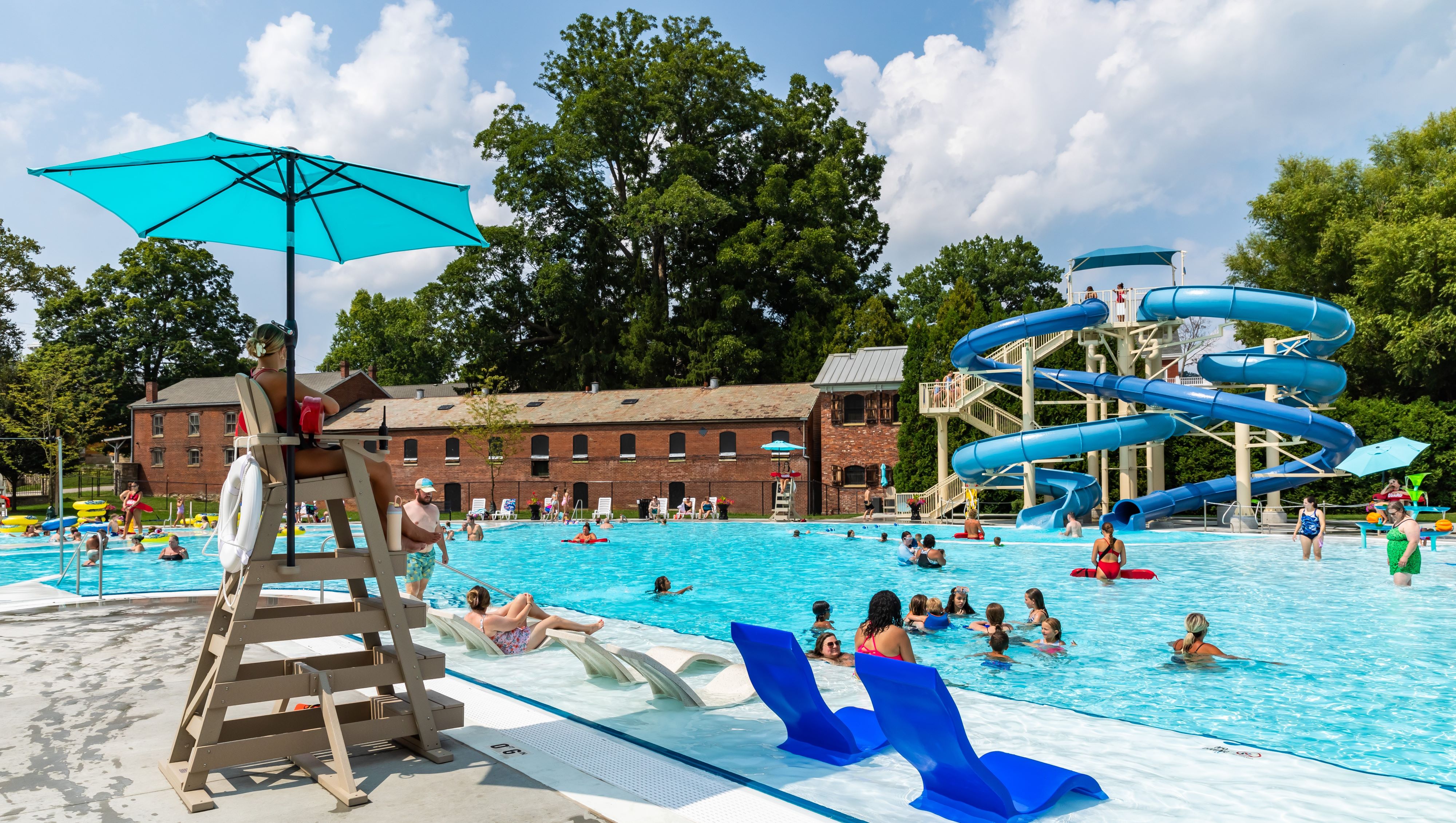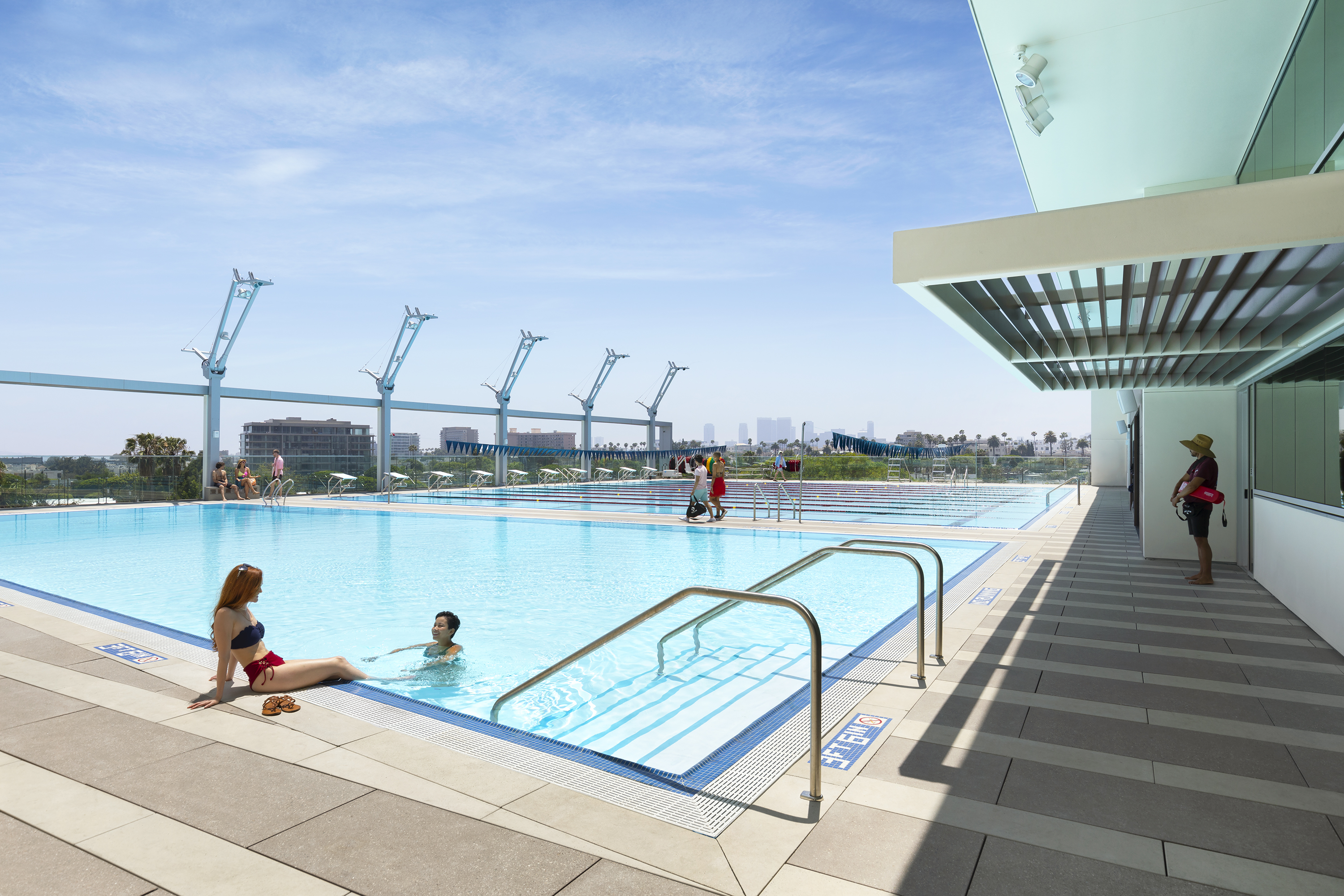THE CANVAS: Traces of ancient volcanoes, Pacific Northwest woodlands
THE PALETTE: Harvested basalt boulders, candlelike lighting, a bridge between cultures
THE MASTERPIECE: A mirroring pond, soft waterfalls, the quiet resonance of a Japanese style garden
When landscape designers Kathy Swehla and Clayton Varick realized their clients’ entire yard was composed of basalt boulders from ancient lava flow, they came to only one conclusion: Haul in even more rock.
“To solve the problems of the house’s elevation and bedrock challenges, we dramatically altered the shape and grade,” Swehla says. They ordered 350 tons of weathered basalt boulders, 800 yards of soil and an equal number of yards of gravel and road rock to build the water garden.
The Cheney, Wash., family, who is second and third-generation Japanese, wanted a natural waterfeature with Asian touches. They thought it would complement the nontraditional Japanese house that was being built simultaneously.
“His wife is actually Italian, but she was more interested in having a Japanese theme,” Swehla says. Rather than adhering to the strict rules of a Japanese garden, which Swehla says requires years of intense study, the family wanted a casual setting and waterfeature to mimic the style.
The result? A horseshoe-shaped pond that extends approximately 110 feet from one end to the other, with a 6-foot waterfall and concrete drive-over bridge. The area is accented with Asian overtones, from design to plantings. The family walks downhill to the pond rather than straight across the lawn, which Swehla says gives a feeling of leaving the home and entering a place of solitude.
“You feel like you’re moving into a more natural setting toward the forest, where there’s a lot of sound from the water,” Swehla says. “Because it’s lower than the house, it also blocks out all the other road sounds.”
A bed of basalt
The basalt sat within 6 to 12 inches of the soil surface throughout most of the site, which created problems for utilities, irrigation, excavation and piping. Varick built cliffs out of the weathered basalt boulders that had been hauled in to support the home’s foundation. He used one of the cliffs to construct the waterfall.
For overflow protection, Varick installed a float-controlled pump instead of a gravity-fed line. The homeowners monitor the waterfall flow from within the residence. An additional jet was fitted within the pond to stir the water.
The bridge had just three requirements: It needed to maintain the waterfall’s height, be constructed without employing engineers and stay within budget. Varick used a prefabricated concrete box culvert to build the bridge. It was filled to within 4 feet from the top, then concealed with boulders and acid-etched, colored concrete.
To create an Asian-inspired look, Swehla and Varick selected a 5-foot-tall, 24-foot-long tubular steel railing designed in a traditional Japanese arch form. At least 50 different varieties of plantings found in Japan were used in the landscaping.
Bright ideas
At night, the area is illuminated by soft lighting. The designers installed an uplight on the waterfall and two submersibles within the pond, as well as built-in fixtures covered with stained glass on the bridge’s columns. The lighting cost $10,000. “It’s got a wonderful glow,” Swehla comments.
The family enjoys picnicking next to the waterfeature, she adds. The kids and dogs play in the water from time to time, too. The property runs right into the Turnbull National Wildlife Refuge, where migratory birds and other creatures visit on occasion.
“It’s a wonderful site where you feel like you’re in the woods, yet it’s a beautiful home with a lawn,” Swehla says. “The waterfeature captures your attention and becomes the focus.”



